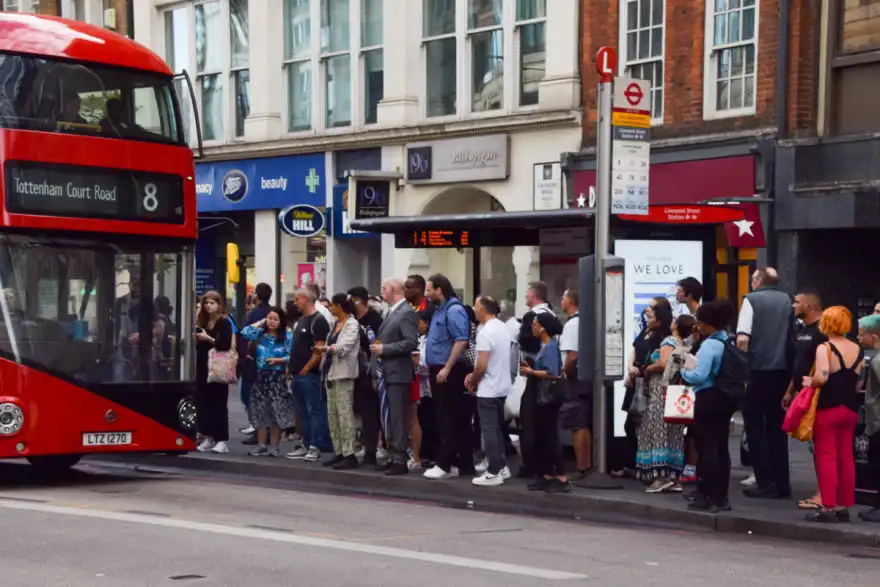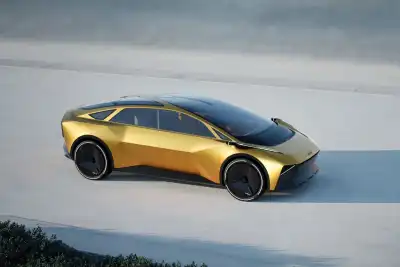
There’s been a big push in some circles to get people out of their cars, but new data from the RAC suggests that drivers aren’t convinced – and haven’t been for over 30 years.
A massive 81% of drivers say they’d struggle to live without their car, which is pretty much unchanged since 1989, when the RAC first asked the question.
When it comes to commuting, 40% of drivers say they have no realistic alternative to driving – a number that jumps to 70% for those living outside of towns and cities. Even in urban areas, only half of drivers think taking the bus is a viable option, and that figure drops to 26% in the suburbs and just 11% in the countryside.
In total, 61% of drivers always use their car for commuting, with 57% relying on it for grocery shopping. The school run? 42% always drive. Trips to the airport? 40% take the car every time. And when heading to a train station, 26% still opt for their car. Only 8% of drivers regularly choose to walk, cycle, or use public transport instead.
Despite all this, 29% of drivers say they’d consider public transport as an alternative – but only if it was better. The RAC found that 53% of drivers would make the switch if buses and trains were more convenient, reliable, and affordable, though that’s down from 59% in 2019.
RAC spokesperson Simon Williams summed it up: “Our research shows that the car remains central to so many people’s lives. While those in more rural areas are most car dependent, half of those in urban centres also don’t see public transport as a viable alternative for their daily commute.
“What’s more, while there’s a definite willingness to make greater use of alternatives to the car, driving is still the mode of choice when it comes to running errands or making leisure trips, possibly because drivers see it as the most time and cost-effective option.”
So, despite the push for fewer cars on the road, the numbers speak for themselves – public transport still has a long way to go before most drivers even consider giving up their keys.


